Accordingly, James Fisher Defence (JFD Global) has launched a new medical surveillance program under the order of the UK Navy's Submarine Delivery Department (UK SAD) to provide a new advanced medical surveillance system for integration into the NATO Submarine Rescue System (NSRS).
The program marks a major step forward in submarine rescue capabilities, expanding medical surveillance capacity from four personnel to 76, including medical personnel, in critical rescue operations.
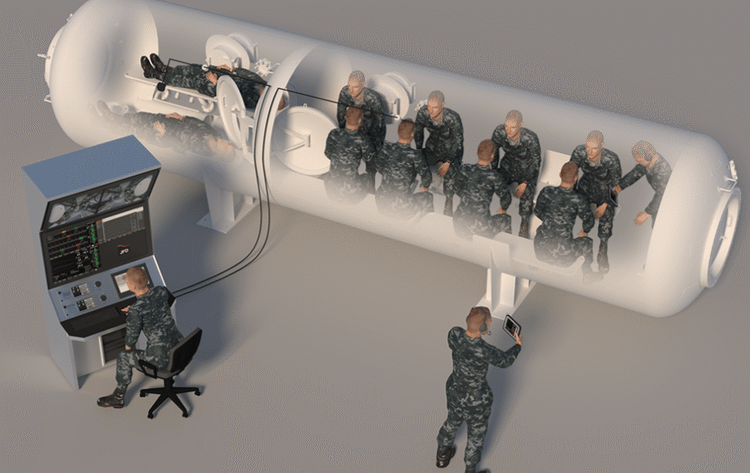
A real-time medical monitoring chamber for submarine personnel. Graphic: JFD Global
The new system will allow for continuous, real-time monitoring from the moment the submarine crew enters the Decompression Chamber on the rescue ship’s deck. Data will be immediately provided to the ship’s medical team and shore-based medical teams via secure satellite links, allowing for faster triage and intervention in the hyperbaric environment.
By significantly increasing monitoring capabilities and improving data accessibility, the technology aims to improve clinical outcomes in situations where timely diagnosis and treatment are crucial.
The platform takes a three-tiered approach to healthcare. Wearable devices track vital signs such as heart rate, fatigue levels, stress levels, and body temperature.
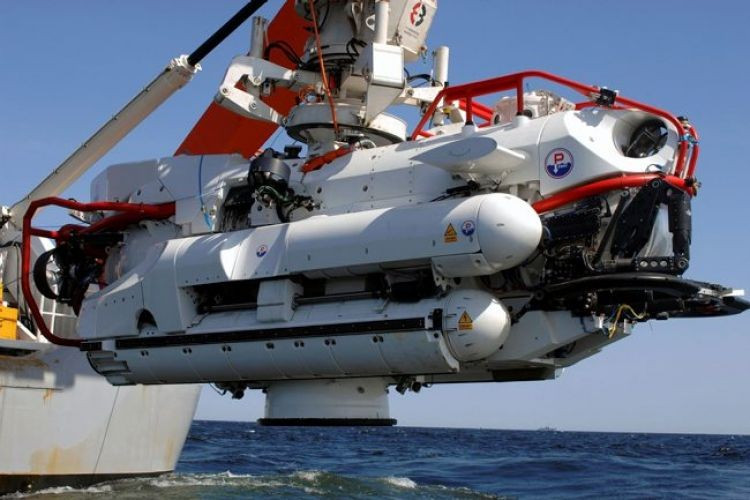
Experimental submarine rescue device in NATO's NSRS program.
These devices are complemented by diagnostic tools including electrocardiogram and ultrasound monitors, along with advanced intensive care equipment designed for use with unstable or deteriorating casualties. More than 100 certified medical components will transmit data across integrated hubs, automating collection and ensuring accuracy across all patient records.
Designed in a modular manner, the system can be adapted for submarine escape and rescue systems, as well as for wider commercial and defense diving operations.
Potential applications include submarine platforms, distress submarine access kits, diving decompression chambers and surface support vessels. The platform’s scalability opens up further opportunities for suppliers involved in the areas of medical technology, diagnostics, data systems and modular integrated solutions.
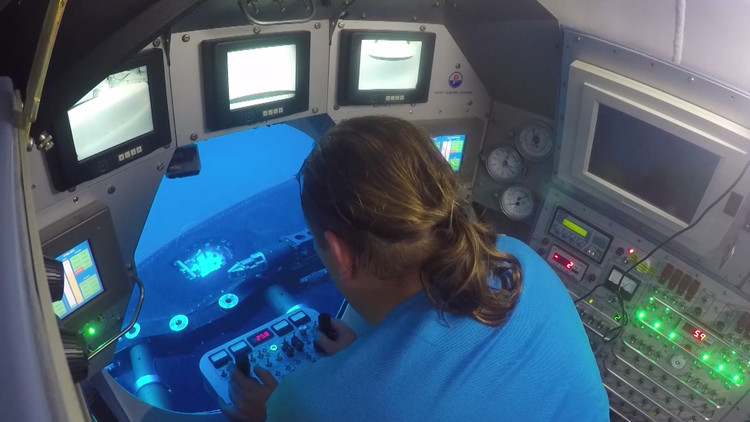
Rescue workers practice approaching a submarine using special vehicles when the submarine is in trouble. Photo: NRoUK
The programme has been welcomed by clinical and operational leaders across the defence industry. Surgeon Simon Phillips of the UK’s Institute of Naval Medicine described the development as a “significant improvement” that will improve the standard of care for rescued submariners. Captain Mike Lyons, Head of Submarine Programmes at SDA, stressed the importance of the programme in preparing the NSRS to respond to any real-life rescue scenario, no matter how rare.
For the defense supply chain, this project highlights the growing need for advanced medical technology, wearable systems and integrated data solutions in underwater and naval environments.
The project also highlights opportunities for suppliers capable of delivering certified medical equipment, digital health platforms and modular engineering solutions to support the growing requirements of submarine rescue operations and broader underwater operations.
Source: https://khoahocdoisong.vn/anh-nang-cap-he-thong-cuu-ho-tau-ngam-so-tan-cung-luc-76-thuy-thu-post2149057923.html



![[Photo] Chairman of the Hungarian Parliament visits President Ho Chi Minh's Mausoleum](https://vphoto.vietnam.vn/thumb/1200x675/vietnam/resource/IMAGE/2025/10/20/1760941009023_ndo_br_hungary-jpg.webp)
![[Photo] National Assembly Chairman Tran Thanh Man holds talks with Hungarian National Assembly Chairman Kover Laszlo](https://vphoto.vietnam.vn/thumb/1200x675/vietnam/resource/IMAGE/2025/10/20/1760952711347_ndo_br_bnd-1603-jpg.webp)

![[Photo] Prime Minister Pham Minh Chinh meets with Speaker of the Hungarian National Assembly Kover Laszlo](https://vphoto.vietnam.vn/thumb/1200x675/vietnam/resource/IMAGE/2025/10/20/1760970413415_dsc-8111-jpg.webp)
![[Photo] Solemn opening of the 10th Session, 15th National Assembly](https://vphoto.vietnam.vn/thumb/1200x675/vietnam/resource/IMAGE/2025/10/20/1760937111622_ndo_br_1-202-jpg.webp)

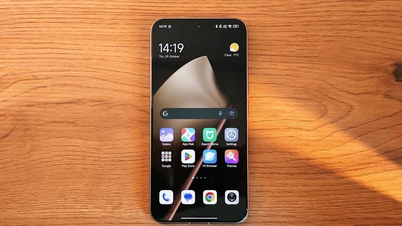
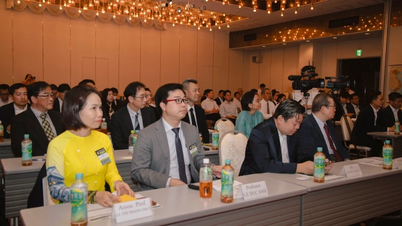

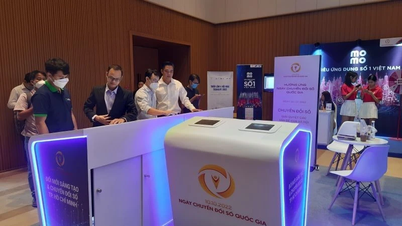











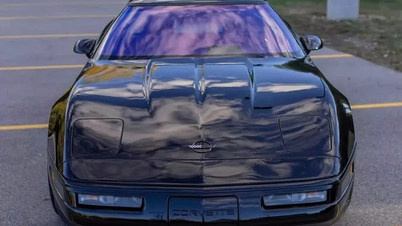
![[Photo] The Steering Committee of the 2025 Fall Fair checks the progress of the organization](https://vphoto.vietnam.vn/thumb/1200x675/vietnam/resource/IMAGE/2025/10/20/1760918203241_nam-5371-jpg.webp)







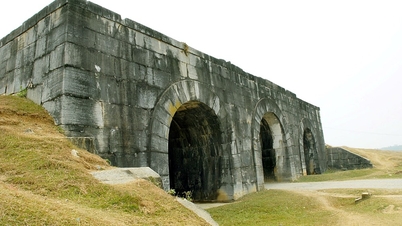
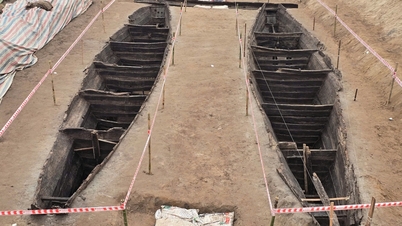













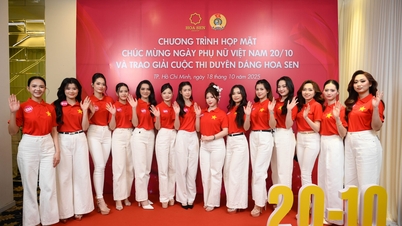

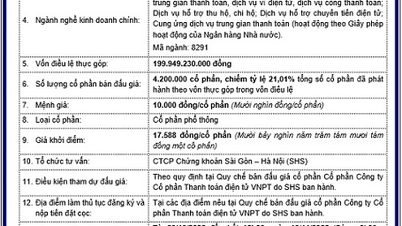
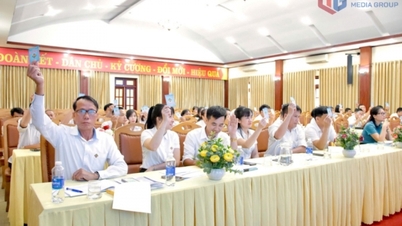

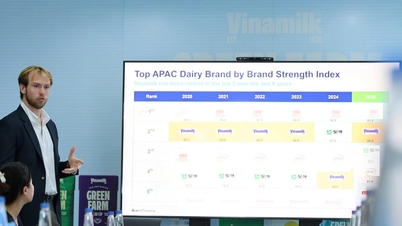

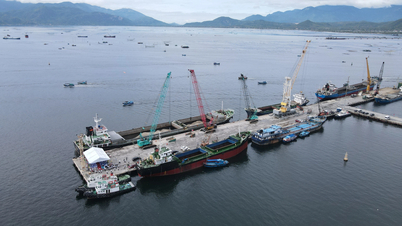








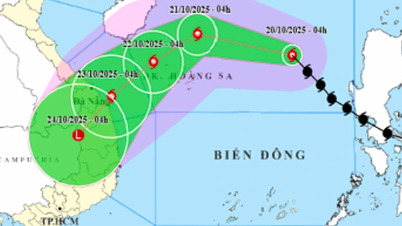




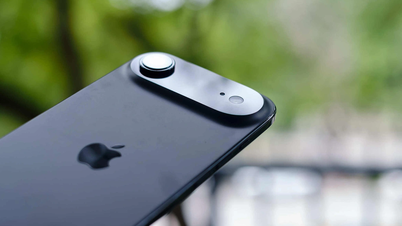
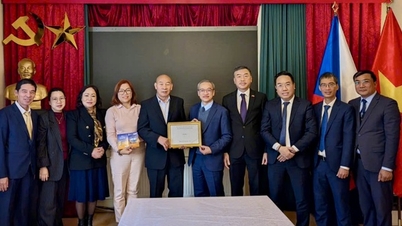



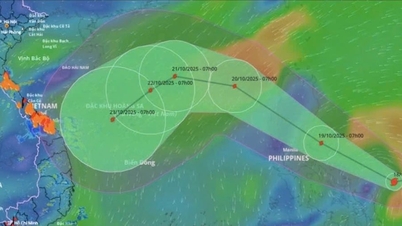



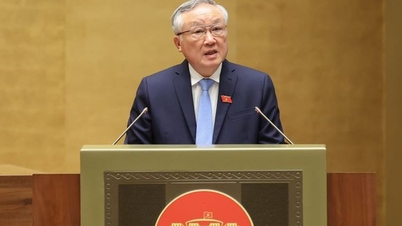
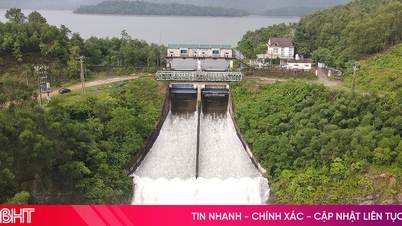




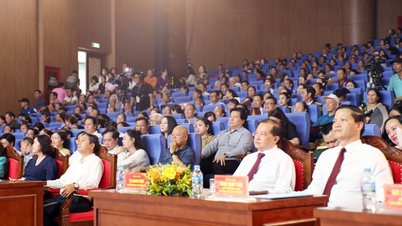

















Comment (0)